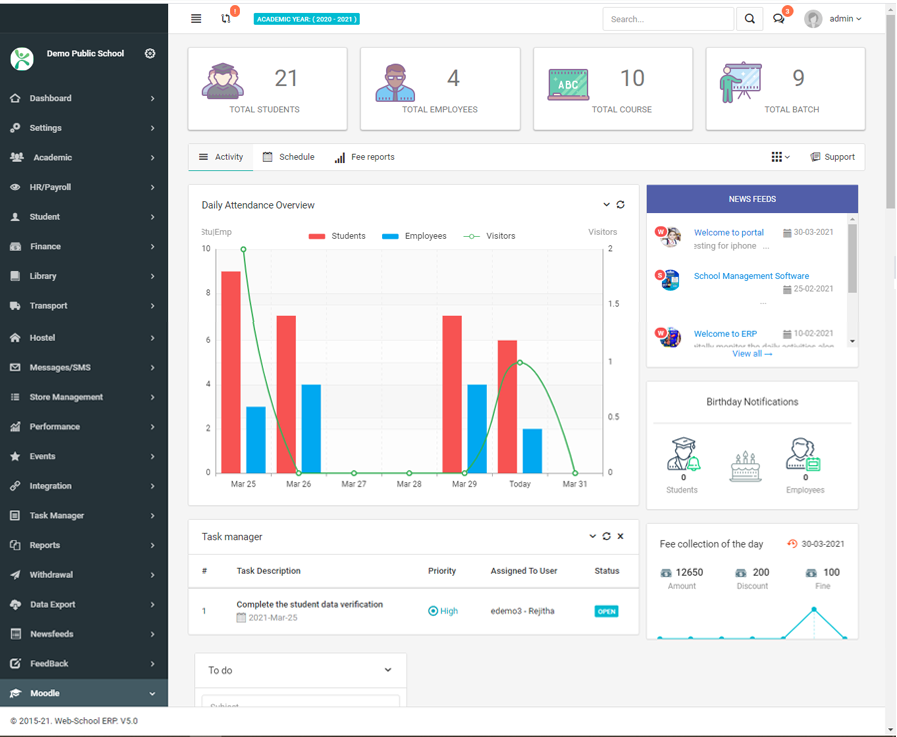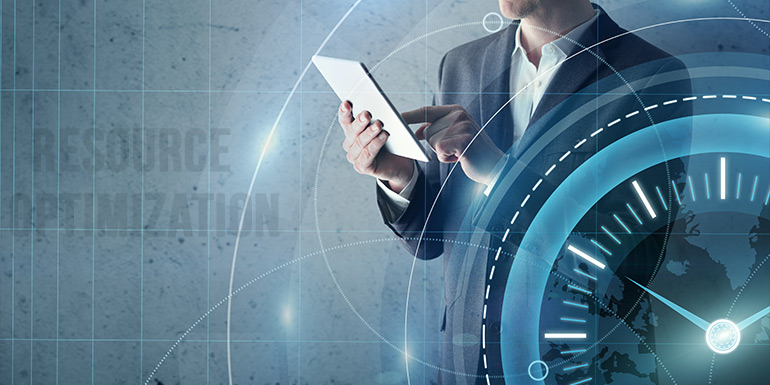
A Day in the Life of a Teacher with School ERP Software
January 14, 2024
Unleashing the Power of Artificial Intelligence: Personalized Learning Redefined
April 28, 2024In today’s technologically driven world, screens have become an integral part of everyday life, permeating almost every aspect of society, including education. While digital tools offer unprecedented opportunities for learning and growth, there’s also a growing concern about the impact of excessive screen time on children’s physical and mental well-being. As educators and parents, it’s crucial to strike a balance between screen-based learning activities and physical engagement to ensure the holistic development of our students. Let’s explore how we can achieve this delicate equilibrium in the age of technology.
The Rise of Screen Time: A Double-Edged Sword
With the proliferation of smartphones, tablets, and computers, children are spending more time than ever glued to screens. While these devices offer access to a wealth of educational resources, entertainment, and social connections, prolonged screen exposure has been linked to a host of issues, including digital eye strain, sedentary behavior, and disrupted sleep patterns.
The Importance of Physical Learning Activities
Physical learning activities play a vital role in promoting overall health and well-being, fostering social skills, and enhancing cognitive development. From outdoor play to hands-on experiments, these activities stimulate the senses, encourage creativity, and provide valuable opportunities for exploration and discovery.
Strategies for Balancing Screen Time and Physical Activities
1. Integrate Physical Activities into Lesson Plans
Incorporating physical activities into lesson plans not only breaks up screen time but also reinforces key concepts in a dynamic and engaging way. For example, math lessons can be enhanced with outdoor scavenger hunts or kinesthetic learning games, while science experiments encourage hands-on exploration and observation.
2. Embrace Outdoor Education
Take advantage of the great outdoors by incorporating nature-based activities into the curriculum. Outdoor classrooms provide a rich environment for learning across various subjects, from biology and environmental science to physical education and art. Nature walks, gardening projects, and outdoor experiments ignite curiosity and foster a deeper connection with the natural world.
3. Promote Active Breaks
Encourage regular breaks during screen-based activities to allow students to stretch, move, and recharge. Implement short movement breaks between lessons or incorporate active learning strategies, such as standing desks or yoga sessions, to keep students energized and focused throughout the day.
4. Offer Varied Learning Experiences
Provide a diverse range of learning experiences that cater to different learning styles and preferences. While some students thrive in a digital environment, others may excel in hands-on activities or artistic pursuits. By offering a mix of activities, educators can accommodate individual needs and interests, ensuring that every student has the opportunity to shine.
5. Foster a Culture of Balance
Educate students and parents about the importance of balancing screen time with physical activities for overall well-being. Encourage open communication and collaboration between teachers, parents, and students to create a supportive environment where healthy habits are prioritized and celebrated.
The Role of School ERP Software in Promoting Balance
School ERP software plays a crucial role in facilitating communication, collaboration, and organization within educational institutions. Leveraging this technology, schools can:
- Schedule and Track Physical Activities: Use the ERP system to schedule and track physical education classes, sports events, and extracurricular activities, ensuring that students have ample opportunities for physical engagement.
- Share Resources and Ideas: Utilize the ERP platform to share resources, ideas, and best practices for integrating physical activities into the curriculum. Teachers can collaborate on lesson plans, share activity ideas, and provide support to promote a culture of balance.
- Communicate with Parents: Keep parents informed about the importance of balancing screen time with physical activities through the ERP system. Share tips, resources, and updates on school initiatives to promote holistic development both in and out of the classroom.
Conclusion: Finding Harmony in the Digital Age
In conclusion, striking a balance between screen time and physical learning activities is essential for nurturing the holistic development of students in the digital age. By integrating physical activities into the curriculum, promoting outdoor education, and fostering a culture of balance, educators can ensure that students thrive academically, physically, and emotionally. With the support of school ERP software, schools can effectively manage and promote a balanced approach to learning, empowering students to lead healthy, fulfilling lives in an increasingly digital world.




